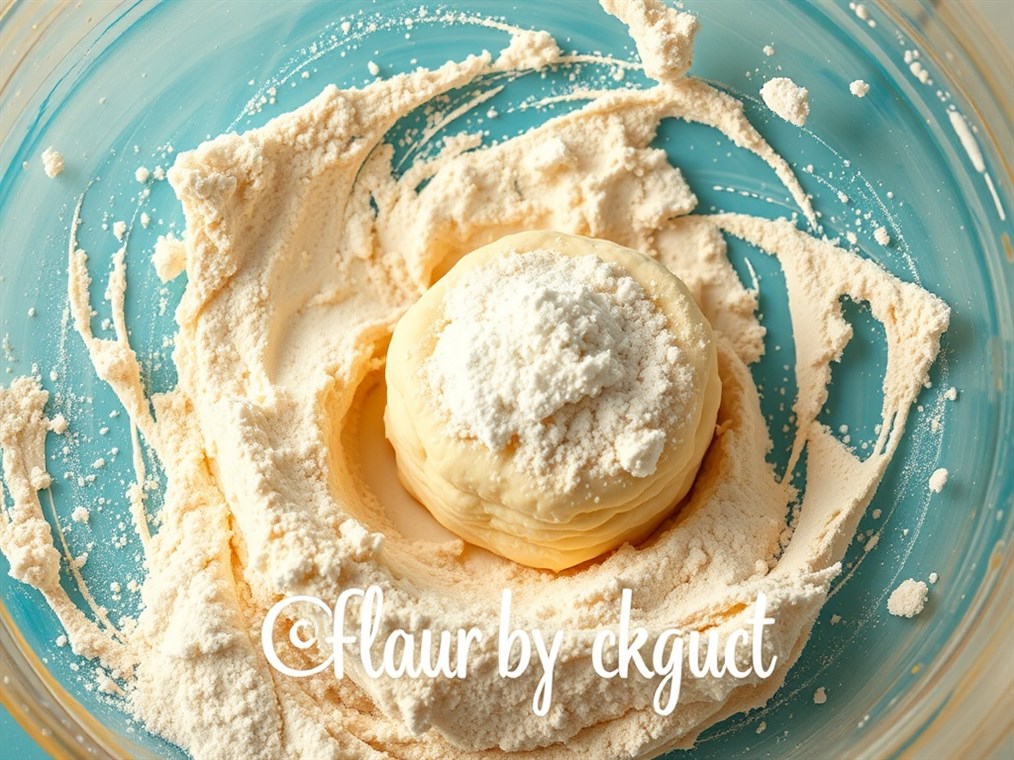The Chemistry Behind Your Biscuit: More Than Just Flour and Water
Ever wonder what really goes into making a biscuit? I mean, beyond the basic flour, water, and a little elbow grease? It’s actually a fascinating bit of food science! While every family has their secret recipe, a few key chemical players are essential for that perfect, fluffy, melt-in-your-mouth experience. Let’s peek into the pantry and see what’s really happening.
First up, the foundation: flour. We’re talking mostly all-purpose here. The magic ingredient in flour is starch, a complex carbohydrate that gives biscuits their structure. Now, when you mix that flour with water (or milk, or buttermilk – more on that later), something called gluten starts to develop. Think of gluten as the dough’s scaffolding. It’s what gives it elasticity and the ability to trap those all-important air bubbles. But here’s the thing: too much gluten is a biscuit’s enemy! You want tender, not chewy.
So, how do we get that light, airy texture? That’s where leavening agents come in – the unsung heroes of biscuit baking! We’re talking baking powder and baking soda.
Baking powder is like the overachiever of the leavening world. It’s a complete package, containing both an acid and a base (that’s sodium bicarbonate, for the science-minded). When it gets wet, those two react, creating carbon dioxide gas. Boom! Bubbles! Rise! Some folks get a little twitchy about baking powders with aluminum, but hey, that’s a personal choice.
Now, baking soda is a bit more of a diva. It’s a base, pure and simple, and needs an acidic ingredient to work its magic. Enter buttermilk! Or sour cream. Or even a cheeky splash of vinegar. That reaction? More carbon dioxide, more lift. You get the picture.
Oh, and a little secret ingredient some bakers use? Ammonium bicarbonate. Sounds scary, but it totally disappears during baking, leaving behind nothing but air. Poof!
Next up: fat. This is where things get really interesting. Fat is the secret weapon for tenderness and flakiness. Butter is classic, of course, but shortening or even lard can work wonders. The key? Keep it COLD. Seriously, the colder, the better. Little chunks of cold fat scattered through the flour? That’s what you want. As those chunks melt in the oven, they release steam, creating layers that separate the gluten. It’s like a tiny, delicious explosion of flakiness. Plus, the fat coats the flour, preventing too much gluten from forming. Tender bliss!
But wait, there’s more! Don’t forget the supporting cast:
- Salt: Flavor, baby! And it helps control things.
- Sugar: Just a touch. Browning and a hint of sweetness.
- Milk/Buttermilk: Moisture, activation of the leavening agents (especially with buttermilk), and a tender crumb. Buttermilk is my go-to!
- Emulsifiers: Ever notice how some biscuits have a smoother texture? That might be lecithin, often from soybean oil, helping everything play nice together.
And then, the commercially produced biscuits… well, they sometimes bring in the ringers: preservatives. These guys are all about extending shelf life. You might see sodium benzoate, calcium propionate, potassium sorbate, BHT (butylated hydroxytoluene – a mouthful!), or sorbic acid. They’re basically working to keep mold, yeast, and bacteria from crashing the party.
So, there you have it. The next time you bite into a biscuit, remember it’s not just a simple snack. It’s a carefully orchestrated chemical symphony, playing out in your mouth. From the gluten wrangling to the leavening lift and the fat’s tender embrace, each ingredient has a starring role. Now, if you’ll excuse me, I’m suddenly craving a biscuit…

